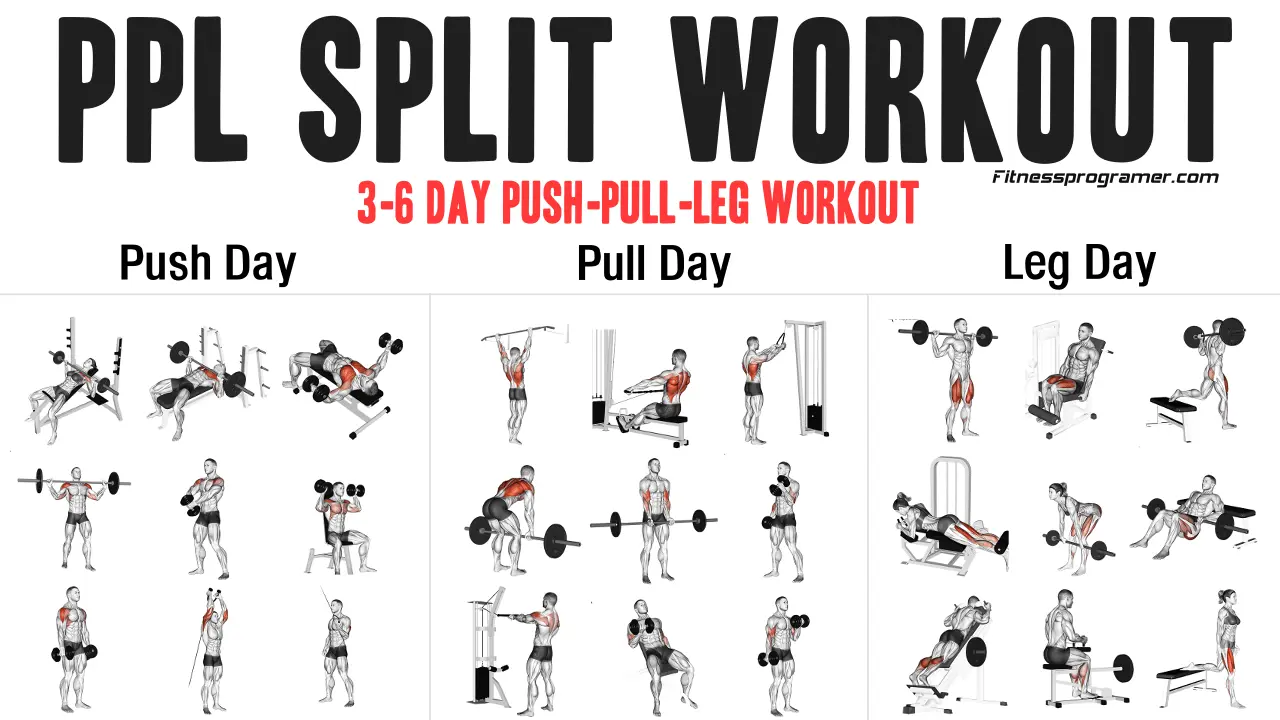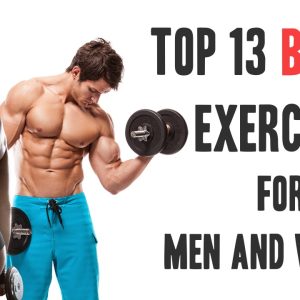Contents
Do you want to shape and strengthen your body? The Push/Pull/Legs (PPL) workout routine is a popular and effective method to achieve those goals! If you’re looking for a well-rounded workout program to build muscle and improve strength, the PPL routine is a great option to consider.
What is PPL?
PPL workout stands for Push/Pull/Legs workout. It’s a split workout plan that focuses on different muscle groups throughout the week.
This method offers a balanced approach by focusing on all major muscle groups.
- Push Day: Targets the muscles involved in pushing movements, such as the chest, shoulders, and triceps (e.g., bench press, overhead press).
- Pull Day: Targets the muscles involved in pulling movements, such as the back and biceps (e.g., pull-ups, rows).
- Leg Day: Focuses on lower body exercises for the legs, calves, and hips (e.g., squats, lunges).
The premise of this training split is that you alternate between training days that target pushing movements, pulling movements, and lower body exercises, providing a well-rounded approach to training the entire body.
Why is Push-Pull-Legs Workout (PPL) So Effective?
- Adaptability: Suitable for all fitness levels, from beginners to advanced lifters.
- Increased Frequency and Volume: PPL allows you to hit each muscle group twice a week. Studies show that training muscle groups twice a week leads to greater increases in muscle size and strength than training them once a week.
- Balanced Muscle Development: Ensures all major muscle groups are targeted evenly.
- Adequate Recovery Time: Provides sufficient rest for each muscle group, promoting muscle repair and growth.
- Prevents Overtraining: Reduces the risk of overtraining and injury by spreading the workload across different muscle groups.
In summary, the PPL workout split is effective because it optimizes energy usage, increases frequency and volume, promotes balanced muscle development, and allows for variety and progression in your workouts.
How to Do PPL Workout?
The PPL workout is typically done on a 3 or 6-day cycle, with one day dedicated to each category of exercise.
For example, you might do Push exercises on Monday, Pull exercises on Wednesday, and Leg exercises on Friday. You would then repeat the cycle the following week. This allows for proper recovery time and prevents overworking any one muscle group. Sample Routines:
| 3-Day PPL Split Workout Routine (Beginner) | 6-Day PPL Workout Split Routine (advanced) |
| Day 1: Push Day 2: Rest Day 3: Pull Day 4: Rest Day 5: Legs Day 6: Rest Day 7: Rest | Day 1: Push Day 2: Pull Day 3: Legs Day 4: Rest Day 5: Push Day 6: Pull Day 7: Leg |
PPL Workout: How they work and what muscles they target
Push and pull exercises are two types of movements that are commonly used in strength training. The main difference between push and pull exercises is the direction of the movement of the weight. In a push exercise, the weight is moved away from the center of the body during the concentric phase, while in a pull exercise, the weight is moved towards the center of the body during the concentric phase.
While they both have distinct differences in the way they are performed, they share one important thing in common: they both activate multiple muscle groups.
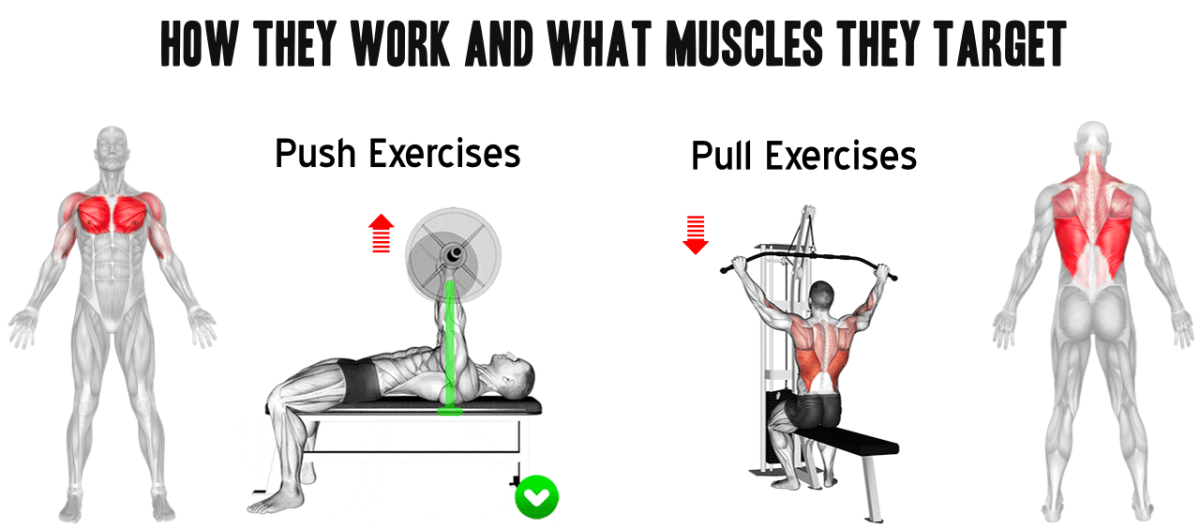
1- Push Day: What are Push Exercises? Which Muscles Work?
Push exercises involve pushing a weight or object away from the body. The primary muscles targeted in push exercises are the chest, triceps, and shoulders. These muscles work together to generate force and push the weight away from the body.
For example, the bench press is a classic push exercise that targets the chest, triceps, and shoulders. During the exercise, the chest muscles (pecs) contract to bring the weight down toward the chest, while the triceps work to extend the elbows and push the weight back up. The shoulders also play a role in stabilizing the weight and assisting in the pressing movement.
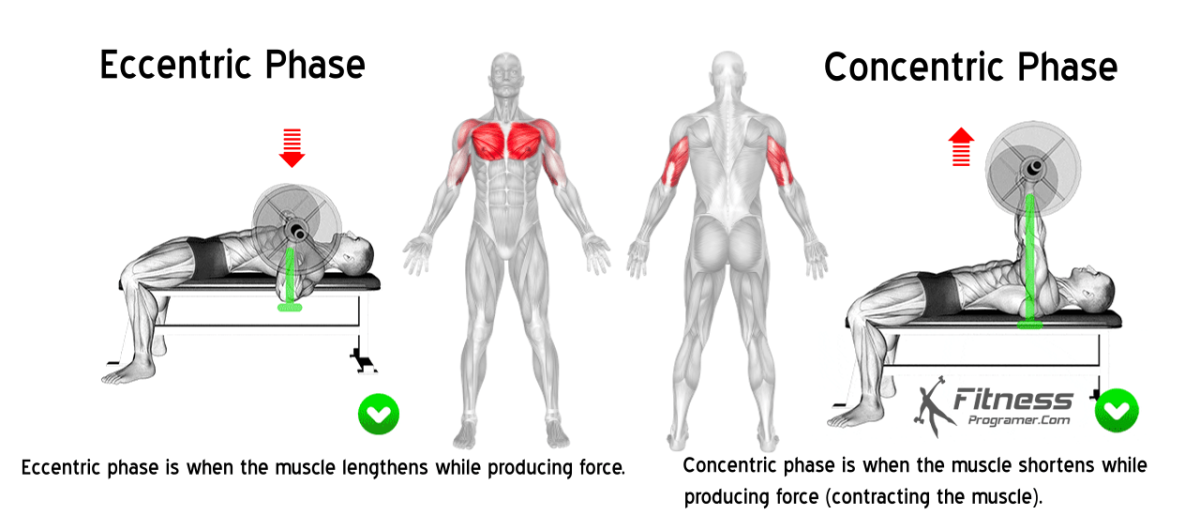
Other examples of push exercises include overhead press, dips, and push-ups. All of these exercises work to activate the chest, triceps, and shoulders in various ways, and can be modified to target specific muscle groups more intensely.
Push exercises can help to develop upper body strength and increase power in pushing movements, such as pushing a heavy object.
Here are some examples of push day exercises:
2- Pull Day: What are Pull Exercises? Which Muscles Work?
Pull exercises involve pulling a weight or object toward the body. The primary muscles targeted in pull exercises are the back, biceps, and forearms. These muscles work together to generate force and pull the weight toward the body.
For example, the lat pulldown is a classic pull exercise that targets the back muscles. During the exercise, the latissimus dorsi (lats) contract to pull the weight down toward the body, while the biceps and forearms work to grip and control the weight. The upper back muscles, including the rhomboids and traps, also play a role in stabilizing the weight and assisting in the pulling movement.
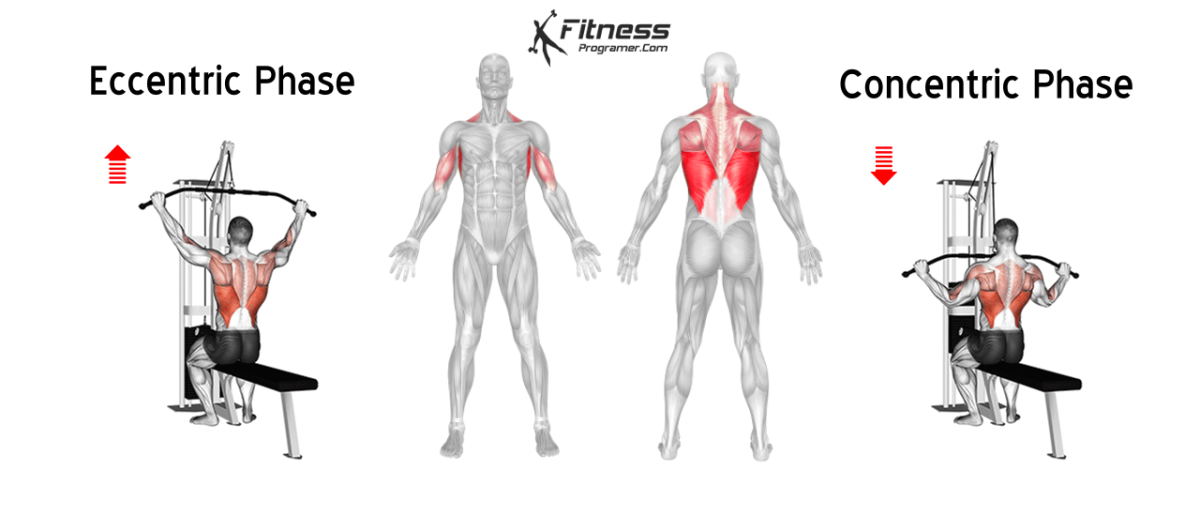
Other examples of pull exercises include rows, chin-ups, and bicep curls. All of these exercises work to activate the back, biceps, and forearms in various ways, and can be modified to target specific muscle groups more intensely.
Pull exercises can help to develop a strong back and improve posture, as well as increase grip strength and pulling power.
Here are some examples of pull day exercises:
In summary, push and pull exercises are two fundamental types of movements in strength training that activate multiple muscle groups. Push exercises primarily target the chest, triceps, and shoulders, while pull exercises primarily target the back, biceps, and forearms. By incorporating both push and pull exercises into your workout routine, you can achieve balanced muscle development and prevent muscle imbalances.
3- Leg Day: What Are Leg Day Exercises?
Leg day is an important part of any push, pull, legs (PPL) workout routine. On your leg day, you’ll focus on exercises that target the lower body, such as squats, deadlifts, and lunges. These exercises primarily work the glutes, quads, and hamstrings. Here are some exercises you can incorporate into your leg day to target the major muscle groups in your lower body:
Here are some examples of leg day exercises:
| Leg & Glutes | Calf |
|---|---|
| Squat | Standing Calf Raise |
| Deadlift | Leg Press Calf Raise |
| Leg Curl | Hack Squat Calf Raise |
| Bulgarian Split Squat | Seated Calf Raise |
| Barbell Hip Thrust | Donkey Calf Raise |
| Plie Squat | Barbell Calf Raise |
How to Design a PPL Program
When it comes to designing a push, pull, legs (PPL) workout routine for maximum results, there are a few key factors to consider. Here are some tips to help you design an effective PPL routine:
1- Choose the right exercises:
To get the most out of your PPL routine, it’s important to choose exercises that target the major muscle groups in each category. For example, on push day, you may want to include exercises like bench press, shoulder press, and tricep dips to work your chest, shoulders, and triceps. On pull day, you may want to include exercises like pull-ups, rows, and bicep curls to work your back, biceps, and rear delts. On leg day, you may want to include exercises like squats, deadlifts, and lunges to work your glutes, quads, and hamstrings.
2- Vary your exercises:
To prevent boredom and plateauing, it’s important to vary your exercises over time. This can include changing up the type of exercise (e.g. switching from barbell squats to lunges), or the equipment used (e.g. using dumbbells instead of a barbell). This can also help you target different areas of a muscle group, resulting in more comprehensive growth.
3- Adjust your volume:
The amount of volume (sets and reps) you use will depend on your goals and experience level. Beginners may want to start with three sets of 8-12 reps per exercise, while more advanced lifters may be able to handle more sets and reps. Aim to increase your volume over time, as this can help promote muscle growth and strength gains.
4- Prioritize compound exercises:
Compound exercises are those that involve multiple muscle groups at once, such as squats or bench press. These exercises are more efficient in building muscle and strength compared to isolation exercises, which focus on one specific muscle group. Therefore, prioritize compound exercises in your PPL routine for maximum results.
5- Pay attention to recovery:
Recovery is a critical component of any training program. Make sure you are giving your muscles enough time to recover between workouts, and prioritize sleep, nutrition, and stress management to optimize recovery.
6- Progression
To continue making progress, it’s important to increase the weight or reps over time. As you get stronger, you can gradually increase the weight by 5-10% each week or aim to perform more reps with the same weight.
In summary, designing a PPL workout routine for maximum results requires a combination of exercise selection, volume, exercise variation, and recovery strategies. By prioritizing these factors and making adjustments over time, you can build an effective PPL routine that helps you achieve your fitness goals.
Example 3-Day PPL Workout Program
A 3-day PPL (Push, Pull, Legs) workout for beginners is a popular training program designed to target the entire body over three sessions per week. This type of workout focuses on compound and isolation movements that involve multiple muscle groups and can be adjusted to suit different fitness levels.
Warm-up: The primary goals of a warm-up are to prepare your body for the workout, reduce the risk of injury, and optimize performance.
- Begin with 5-10 minutes of light aerobic activity. This can be jogging in place, jumping jacks, or brisk walking. The purpose is to gradually increase your heart rate and get your blood flowing to your muscles.
- Target specific muscle groups you’ll be using in your workout. For example, if you’re doing a leg-focused workout, do exercises like bodyweight lunges or leg swings to activate the leg muscles. For an upper-body workout, consider arm circles or arm scissors.
Day 1: Push Day Workout
- Bench Press 3 x 10-12
- Incline Dumbbell Bench Press 3 x 12
- Pec Deck Fly 3 x 12
- Overhead Press 3 x 10-12
- Lateral Raise 3 x 12
- Front Raise 3 x 12
- Push Down 3 x 12
- Triceps Kick back 3 x 12
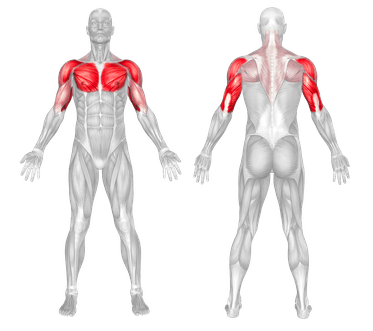
Day 2: Pull Day Workout
- Barbell Bent Over Row 3 x 10-12
- Lat Pulldown 3 x 12
- Seated Cable Row 3 x 12
- Face Pull 3 x 12
- Barbell Curl 4 x 10-12
- Hammer Curl 4 x 10-12
- Wrist Curl 3 x 12
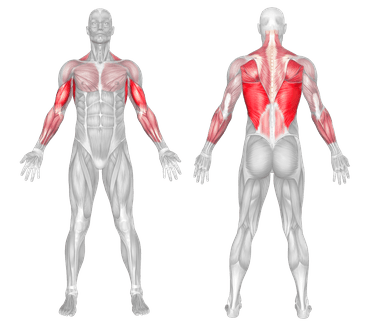
Day 3: Leg and Ab Workout
- Barbell Squat 3 x 10-12
- Bulgarian Split Squat 3 x 10-12
- Leg Curl 3 x 12
- Barbell Hip thrust 3 x 12
- Calf Raise 3 x 12
- Crunches 3 x 15
- Decline Sit-up 3 x 15
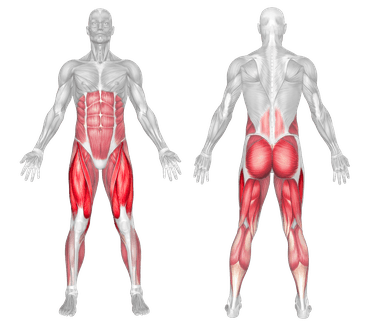
It is important to note that the above PPL workout program is just an example and can be modified according to individual fitness level, goals, and preferences. You can adjust the number of sets and reps for each exercise, the weight used, and the rest periods between sets. You can also choose different exercises to target specific muscles or incorporate different variations of exercises to keep your workouts challenging and interesting.
6-Day PPL Workout Routine For advanced lifters
Consider this:
This 6-day PPL workout provides more volume and frequency for muscle groups compared to a 3-day PPL routine, potentially leading to faster progress. However, it’s essential to listen to your body and ensure you’re getting sufficient rest and recovery between workouts to avoid overtraining and injury.
Also, remember that individual goals and fitness levels vary, so it’s advisable to adjust the volume and intensity of the exercises to match your specific needs and capabilities. If you’re new to such a high-frequency workout routine, consider starting with a 3-day PPL and gradually progressing to a 6-day split as you become more experienced and better conditioned.
Remember, the most important thing is to listen to your body and progress at a pace that works for you. With consistent effort and dedication, a PPL workout routine can help you achieve your fitness goals.

